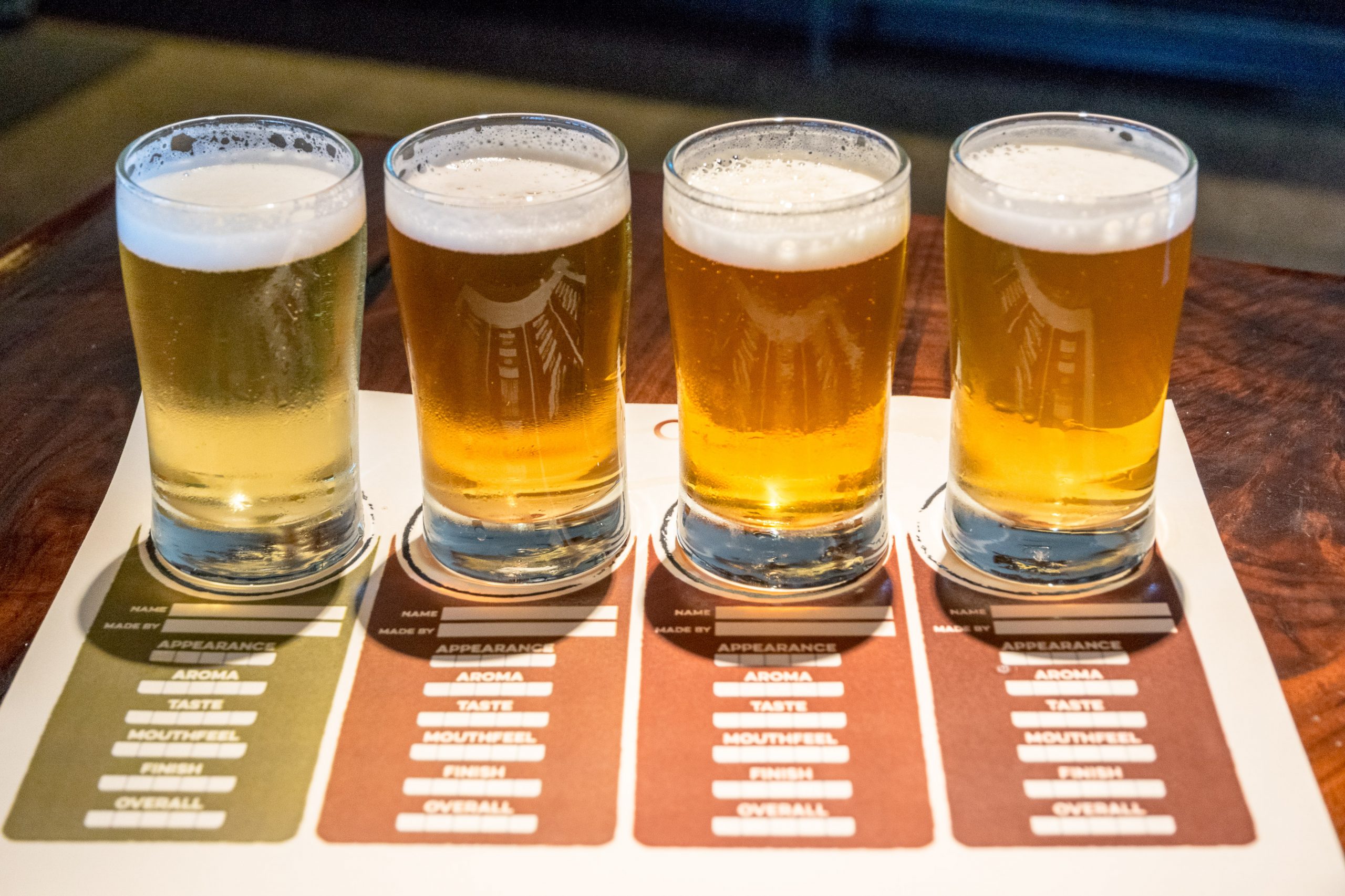


There are more than 5,000 craft breweries operating in the United States today that together have created a seemingly endless galaxy of different brands. As such, building a reputable beer program from the ground up can be a daunting task, as bars and restaurants beginning to explore their burgeoning interest in craft beer must navigate myriad difficult questions in the search for their own identity.
Perhaps paramount among them: How is a publican supposed to curate a unique, interesting program that stands out from the crowd while still giving drinkers the experiences they’ve come to expect? There are no definitive answers to this question, or indeed any of the other questions restaurateurs are likely to encounter in their individual quests to establish the foundations of their beer programs. But that doesn’t mean they’re doomed to travel without a map. In fact, there are a few guiding principles they can adhere to that will help the process along.
As mentioned above, there are innumerable brand options at any given bar’s disposal. And those in the rudimentary stages of building a higher-end program aren’t likely to secure the types of highly-vaunted small-batch offerings flowing through the draft lines at more well-established bars.
So instead, they’d be wise to view their own program through the lens of broader market trends. For instance, the IPA is far and away the most popular style in the United States. Therefore, everyone needs an IPA (or, ideally, several). But go for diversity pending the number of draft lines and amount of fridge space available. Seasonal offerings, Belgian wits, pale ales, stouts, and lagers are all important, too.
Definitely seek out names. Need a primer? Consult the Brewers Association’s list of the top 50 craft breweries by volume in the United States. There, one will find the likes of Boston Beer, Sierra Nevada, New Belgium, Stone, Oskar Blues, Dogfish Head, and many others—otherwise known as a whole bunch of reputable, recognized independent craft breweries whose beer is available throughout the vast majority of the country (though each brewery on the list has different distribution footprints).
Go local too though. Seek out breweries in the region, the state, and on down to the immediate community and work with them to create a balanced program. This way, a bar can offer craft staples like Firestone Walker’s celebrated Union Jack to bring in the masses and have them stay for hometown beer that might be harder to find elsewhere. It’s always a good thing, too, to collaborate with local brewers on hosting events and tap takeovers to build buzz as a noteworthy beer bar.
It’s of course a noble goal to diversify a beer program, but many consumers frankly don’t know what they don’t know. One may ask for a Blue Moon, not realizing the brand is in fact owned and produced by MillerCoors. That’s not at all a demerit on the product itself.
But, if the consumer wants a true “craft” beer, and indeed the bar’s focus is to build a program around this kind of beer, it would be helpful to offer a similar option like, say, Allagash White. Find stylistic counterparts to the Bud Lights and Coronas of the world and steer consumers toward them when they ask for the big brands. There are plenty of options out there.
As the old adage goes, Rome wasn’t built in a day. So patience, and a willingness to take chances, and likely miss the mark on occasion, is vital. As Row 34 beer director Suzanne Hayes told BevSpot earlier this summer, “[Bars] want the Cantillons of the world. They want Pliny the Elder. They want those big hitters. After a while, you can only get so much of that. I think that taking risks is really something that not a lot of people are comfortable in doing and I think that’s really where some fall short.”
So what does this mean practically speaking? Simply put: add in a style that might not be as on trend as the IPA. Bars don’t need to go nuts and devote all their draft lines to rauchbiers or anything. But keep a line or two open to something that excites the staff that maybe the rest of the world isn’t quite privy to yet. It’s a matter of trial and error that will benefit any program in the long run.
Take all this as a means of narrowing the road some, rather than a pure directive, because different things work in different places. There’s a whole lot of ground that can still be covered on this subject. So tell us: What has worked—and perhaps equally importantly, what hasn’t worked—for you?
